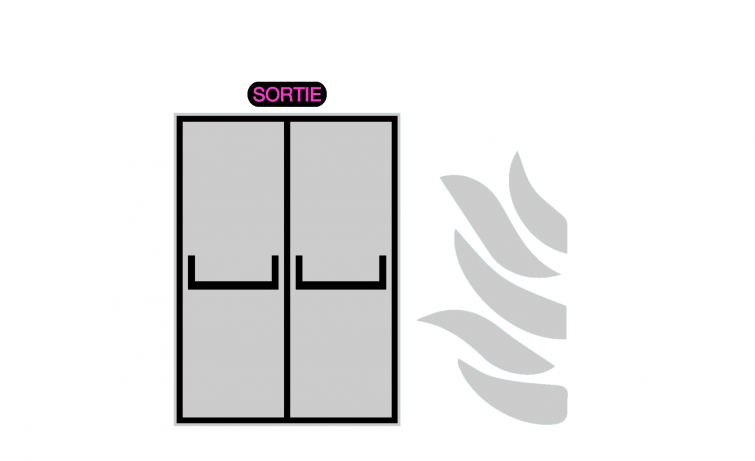
 Security
Security
Fire risk management on campus
Every time the safety committee of the Paris Police Prefecture visits the Institut Pasteur campus, it notes a recurrent problem with fire doors which are kept open with wedges, furniture or paper.
This prevents the doors from closing automatically.
We thought it would be a good idea to remind you of the vital importance of these doors in the event of a fire.
- What is a fire door?
In the event of a fire, fire doors stop flames, smoke and heat from spreading through a building.
They are carefully spaced out to divide each building into compartments, with the aim of preventing the fire from spreading to the entire building and guaranteeing the safety of people evacuating the building.
Fire doors also provide the emergency services with extra time to intervene and protect property, the building structure and any occupants.
Here are some examples of doors that have been forced open on campus:
Door that has been taken off its hinges
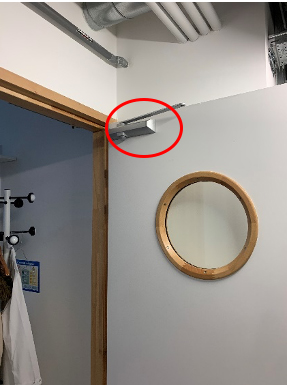
Door that has been wedged open
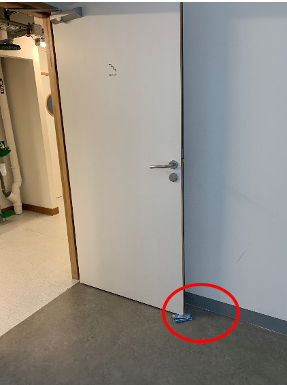
- Different types of fire door
There are various automatic closure systems for fire doors. They are generally identified as follows:
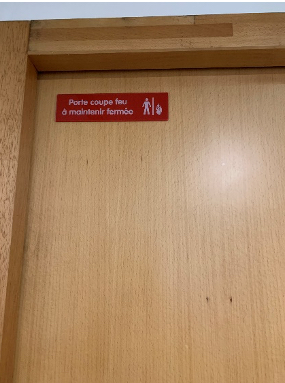
Fire doors in offices or enclosed staircases are fitted with door closers. Doors in corridors are fitted with electromagnetic holders to keep them open.
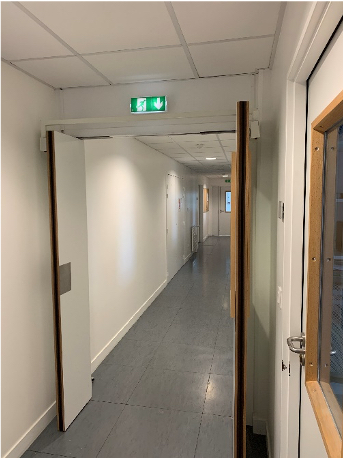
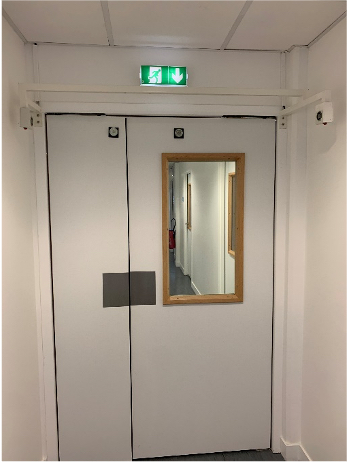
These doors are connected to the building's fire safety system, which will automatically close them in the event of an alarm.
- Risks
Fire doors are resistant to fire for a given amount of time. The doors on campus offer fire resistance for 30 minutes, 1 hour or 2 hours. They will protect the occupants of a building for this length of time.

By wedging fire doors open, you not only increase the risk that a fire will spread through the building. The doors are also airtight, meaning that they prevent smoke and heat from spreading to the rest of the building.
Without fire doors, evacuating occupants becomes more difficult and the emergency services are hindered in their work. In other words, by wedging open a fire door you are putting people and property at risk.
- Best practices
Fire doors must be able to be opened at any time from the inside or outside, easily and quickly, without the need for additional assistance.
They should not be blocked by any obstacles (wedges, furniture, trolleys, etc.). These could trip people up and delay the evacuation of a building's occupants.
If you notice any problems or issues, please contact surete@pasteur.fr.
We would ask you to be vigilant on this matter. Thank you for your cooperation.
Merci de votre vigilance.